

Articles
How To Store Dog Feces Sample
Modified: January 18, 2024
Learn how to properly store dog feces samples with our informative articles. Ensure accurate testing and analysis for your furry friend's health.
(Many of the links in this article redirect to a specific reviewed product. Your purchase of these products through affiliate links helps to generate commission for Storables.com, at no extra cost. Learn more)
Introduction
Welcome to the comprehensive guide on how to store dog feces samples. While this may not be the most glamorous topic, it is an important aspect of responsible pet ownership and can provide valuable information for your dog’s health and well-being. Whether you need to store a sample for veterinary purposes, monitoring your dog’s digestive health, or even for scientific research, proper collection and storage is essential.
By following the steps outlined in this guide, you can ensure that the feces sample remains preserved and in optimal condition for further analysis. Additionally, we will discuss the materials needed, precautions to consider, and the importance of storing dog feces samples.
So, let’s dive into the world of pet waste and learn how to properly collect and store dog feces samples!
Key Takeaways:
- Properly storing dog feces samples is crucial for veterinary diagnosis, monitoring digestive health, environmental assessment, research, and compliance with regulations. Following correct procedures ensures accurate results and responsible pet ownership.
- By taking precautions, using clean containers, and following proper storage guidelines, you can contribute to a cleaner and healthier environment while ensuring the integrity and accuracy of dog feces samples for analysis.
Read more: How To Store Dog Urine Sample
Importance of Storing Dog Feces Samples
Storing dog feces samples may not be at the top of your to-do list, but it holds significant importance in various situations. Let’s explore why it is crucial to properly collect and store dog feces samples:
1. Veterinary Diagnosis: When your dog shows signs of illness or an abnormality in their digestive system, a veterinarian may request a feces sample for diagnostic purposes. The sample can help identify parasites, bacteria, viruses, or other pathogens that may be causing the health issue. Storing the sample properly ensures that it remains intact and can provide accurate results.
2. Monitoring Digestive Health: Regular monitoring of your dog’s digestive health is essential for early detection of any issues. Storing feces samples allows you to compare them over time, making it easier to identify changes in consistency, color, or the presence of any abnormalities. This information can assist in detecting and addressing potential health concerns promptly.
3. Environmental Assessment: In some cases, storing feces samples can play a role in environmental assessment, particularly in determining the impact of dog waste on water quality and public health. By analyzing the samples, researchers can gather data on the prevalence of parasites, bacteria, or other contaminants in the local environment.
4. Research and Studies: Storing dog feces samples can also be valuable for scientific research and studies related to canine health and behavior. Researchers may examine the samples to gain insights into various aspects, including diet, gut microbiome, or the transmission of diseases between dogs.
5. Compliance with Regulations: In some areas, especially in urban settings or locations with strict pet waste management regulations, storing dog feces samples may be required. By following the proper storage guidelines, you can ensure you are compliant with local laws and contribute to a cleaner and healthier environment.
Overall, storing dog feces samples is essential for maintaining your pet’s health, contributing to scientific knowledge, and complying with regulations. By understanding the importance of proper sample storage, you can take proactive steps towards responsible pet ownership and making a positive impact on the community.
Materials Needed
Gathering the necessary materials before collecting and storing dog feces samples will ensure that the process is smooth and efficient. Here are the essential materials you will need:
- A clean container or collection device: Find a container that is specifically designed for collecting and storing dog feces samples. It should be clean, leak-proof, and have a tight-fitting lid to prevent any spillage or contamination. Disposable plastic containers or sealable bags designed for this purpose are readily available at pet stores or online.
By having these materials ready, you can ensure a hygienic and efficient process when collecting and storing dog feces samples. Remember to follow proper sanitation practices and handle the materials with care to minimize the risk of contamination.
Step-by-Step Guide on Storing Dog Feces Samples
Properly collecting and storing dog feces samples requires careful attention to detail and adherence to specific guidelines. Follow these step-by-step instructions to ensure the preservation and accuracy of the sample:
- Choose an appropriate collection spot: Select an area where your dog regularly eliminates and is free from any contaminants or foreign objects. This can be your backyard, a designated dog waste area, or a clean patch of ground away from other animals.
By following these step-by-step guidelines, you can ensure that the dog feces sample is collected, stored, and transported in a proper and hygienic manner. This will help maintain its integrity and provide accurate results for further analysis.
When storing a dog feces sample, use a clean, airtight container to prevent contamination and odor. Label the container with the date and time of collection. Keep the sample refrigerated until it can be tested by a veterinarian.
Precautions to Consider
When handling dog feces samples, it is essential to take certain precautions to protect yourself, your pet, and the surrounding environment. Here are some precautions to consider:
By taking these precautions into consideration, you can minimize health risks, maintain cleanliness, and ensure the accuracy of the feces sample. Taking responsible steps in handling and storing dog feces samples is crucial for the well-being of both your pet and the community.
Read more: How To Store Dog Fecal Sample
Conclusion
Properly storing dog feces samples is an essential aspect of responsible pet ownership and can provide valuable insights into your dog’s health and well-being. Whether you need the sample for veterinary diagnosis, monitoring digestive health, research, or compliance with regulations, following the correct procedures is necessary to ensure accurate results.
In this comprehensive guide, we discussed the importance of storing dog feces samples, the materials needed, and provided a step-by-step guide on how to collect and store the samples. We also highlighted the precautions to consider to protect yourself, your pet, and the environment during the process.
By following the guidelines outlined in this guide, you can properly collect, store, and transport dog feces samples, ensuring their integrity and accuracy for analysis. Remember to use clean and leak-proof containers, wear disposable gloves, and properly label and store the samples in airtight and waterproof bags or containers. Additionally, make sure to maintain personal hygiene, clean collection tools, and dispose of waste responsibly.
Storing dog feces samples not only helps in diagnosing health issues, monitoring digestion, and promoting scientific research but also contributes to a cleaner and healthier environment. By taking proactive steps in handling and storing dog feces samples, you are promoting responsible pet ownership and playing a vital role in the health and well-being of your dog and the community.
So, the next time you need to collect and store a dog feces sample, don’t overlook the importance of proper procedures and precautions. By doing so, you are actively contributing to the overall health and well-being of your furry friend and ensuring accurate results for further analysis.
References
Here are some references that provide additional information on storing dog feces samples:
- “Guidelines for the Management of Dog Waste” – American Veterinary Medical Association (AVMA)
- Website: https://www.avma.org/resources-tools/animal-health-and-welfare/dog-waste-management
- “The Importance of Dog Feces Sample Collection for Veterinary Diagnostics” – Veterinary Practice News
- Website: https://www.veterinarypracticenews.com/the-importance-of-dog-feces-sample-collection-for-veterinary-diagnostics/
- “Dog Feces Sampling and Its Role in Veterinary Diagnosis” – Companion Animal
- Website: https://www.researchgate.net/publication/319510457_Dog_Feces_Sampling_and_Its_Role_in_Veterinary_Diagnosis
- “Proper Handling and Storage of Dog Feces Samples” – Animal Health Laboratory
- Website: https://www.uoguelph.ca/ahl/proper-handling-and-storage-dog-feces-samples
- “Storing Dog Feces Samples for Scientific Research” – Journal of Canine Research and Medicine
- Website: https://www.jcrm.org/article/S2452-9252(21)00016-7/fulltext
These references can provide you with further insights into the importance of storing dog feces samples, proper collection techniques, and the role they play in veterinary diagnostics and research.
Please note that proper disposal methods of dog feces may vary depending on local regulations. It is advisable to consult your local government or waste management authorities for specific guidelines regarding the disposal of pet waste in your area.
Frequently Asked Questions about How To Store Dog Feces Sample
Was this page helpful?
At Storables.com, we guarantee accurate and reliable information. Our content, validated by Expert Board Contributors, is crafted following stringent Editorial Policies. We're committed to providing you with well-researched, expert-backed insights for all your informational needs.
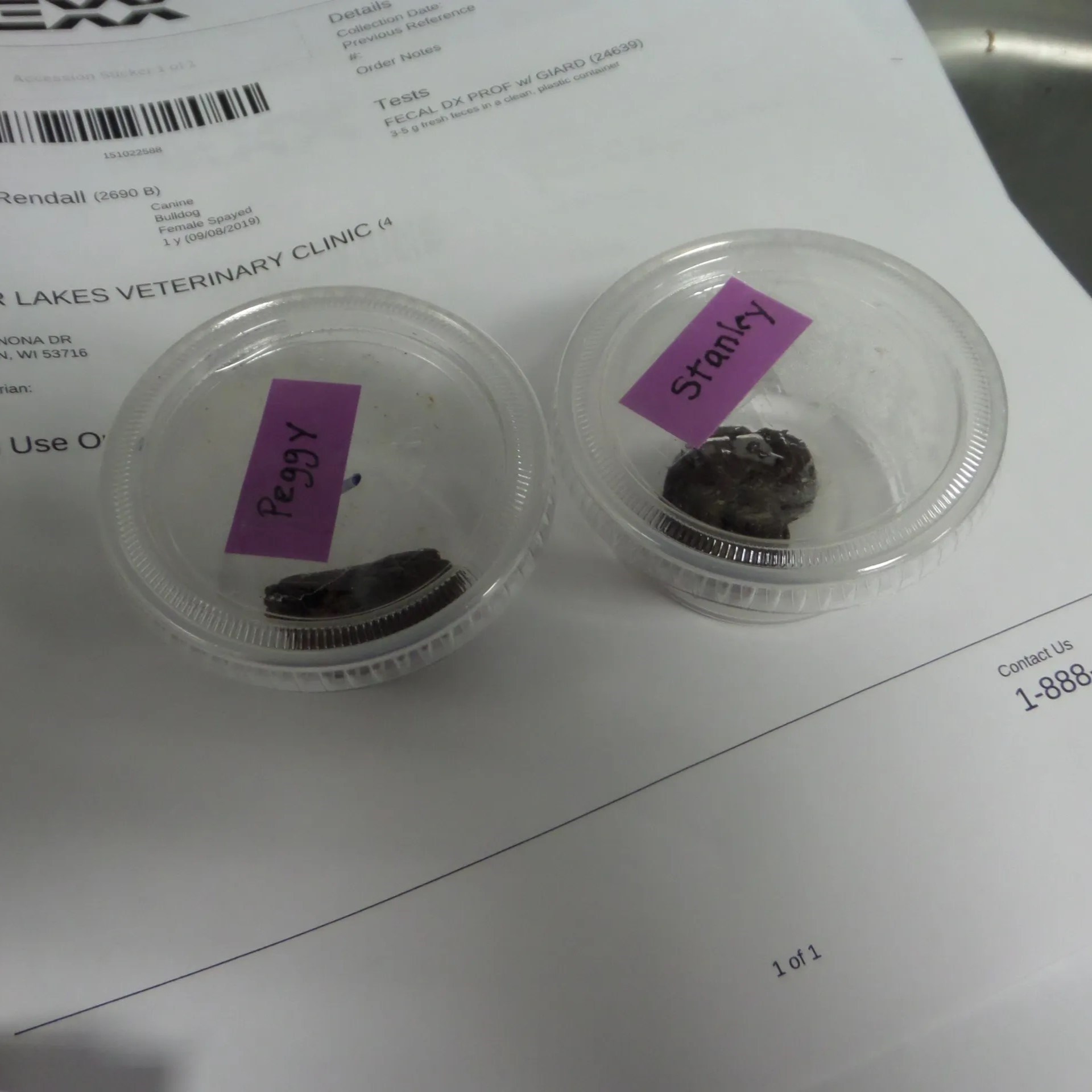




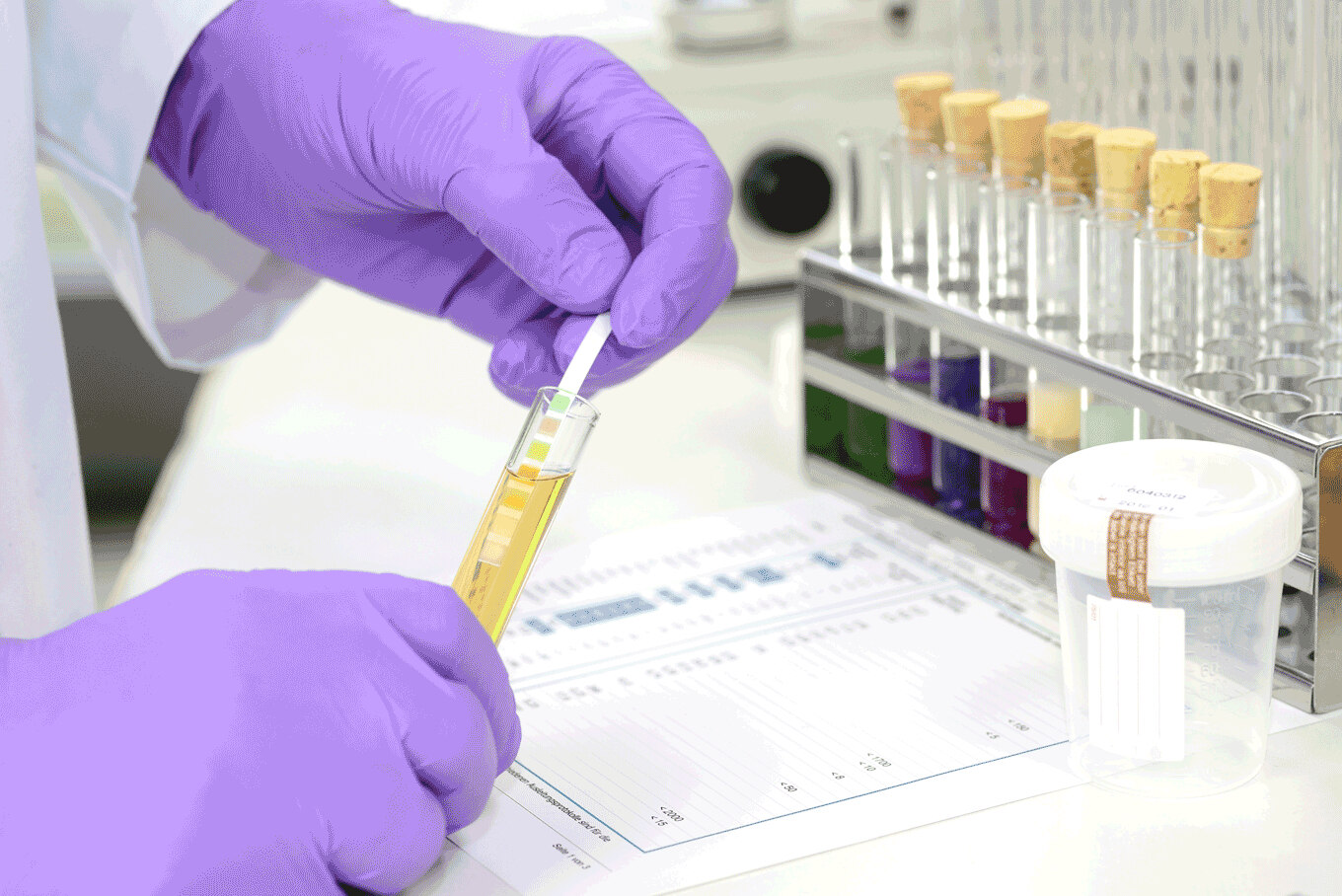
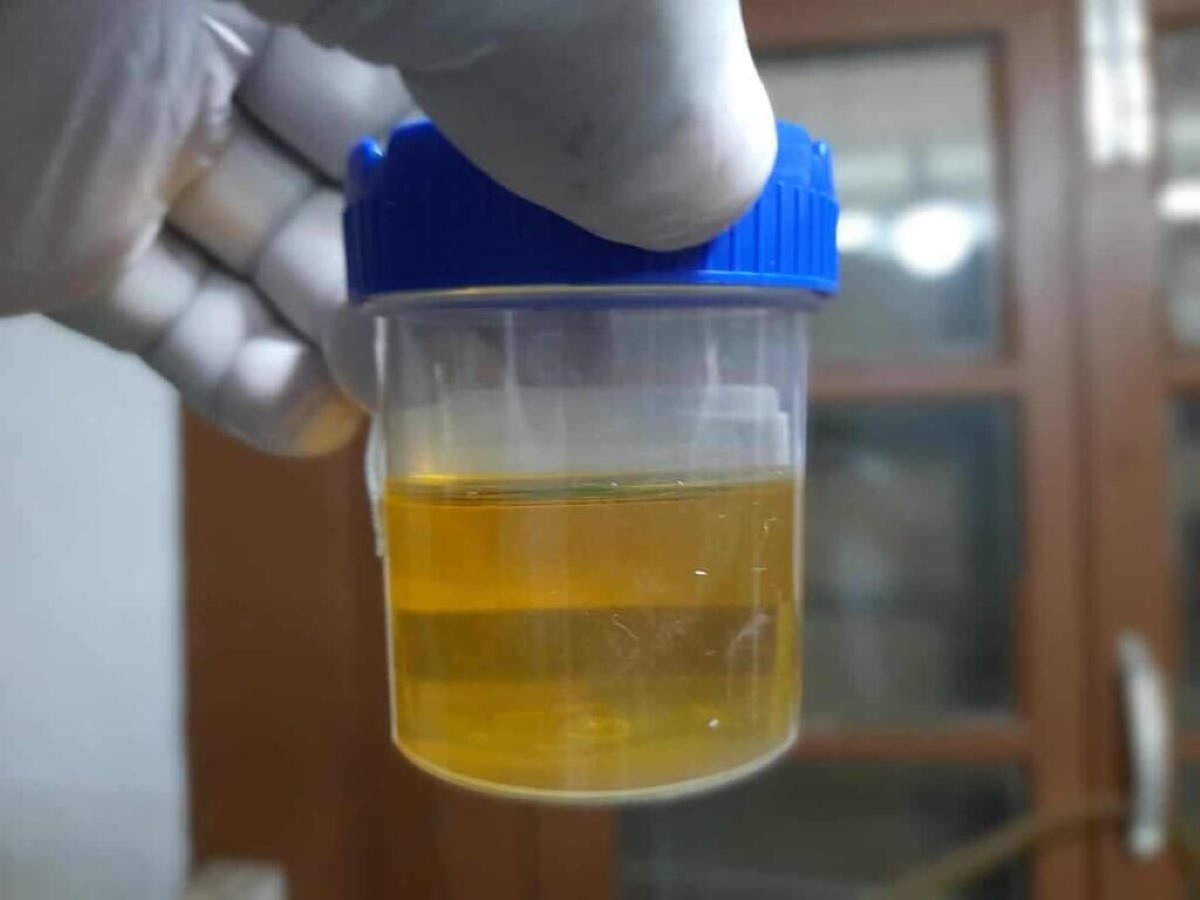
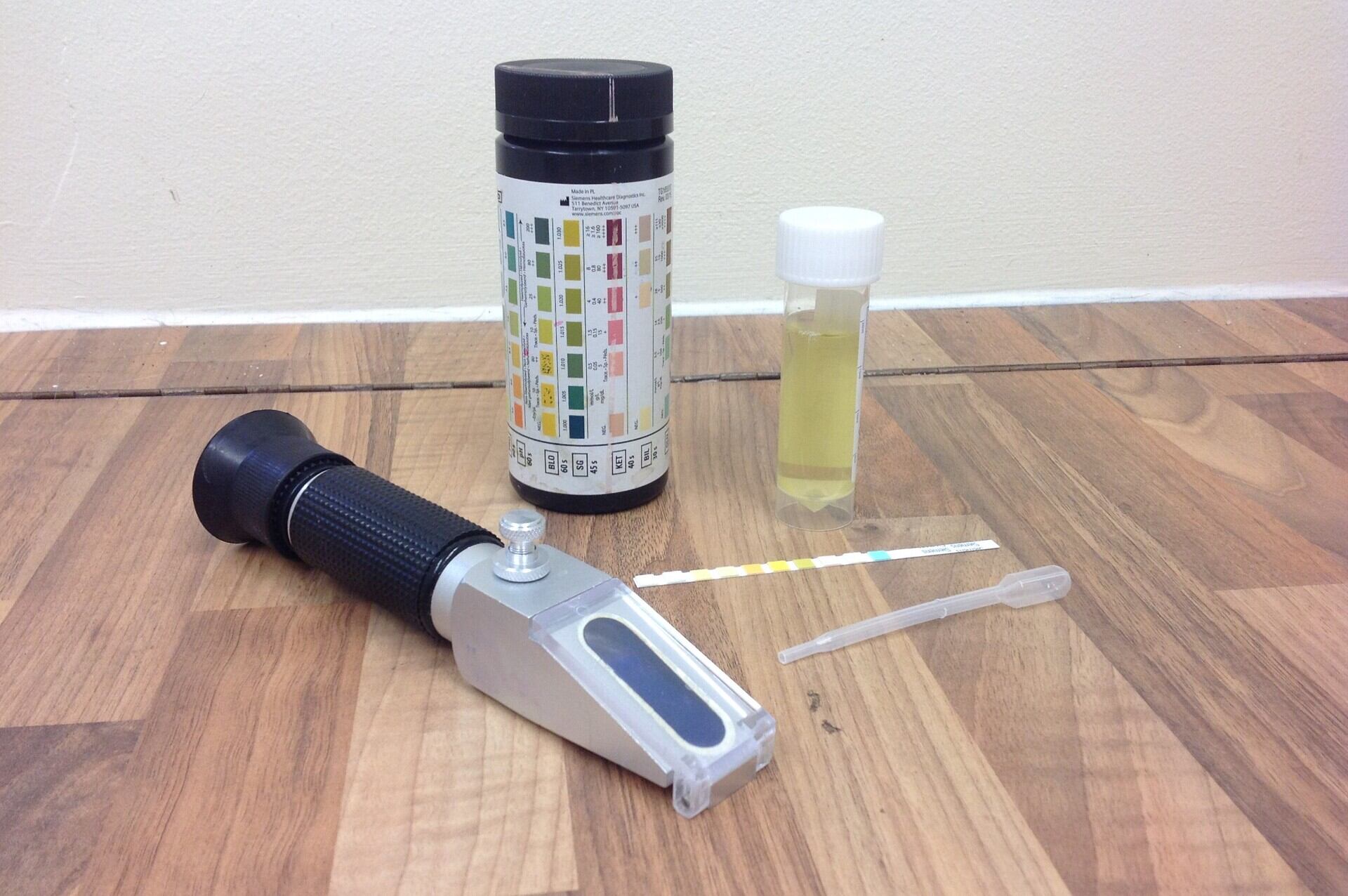
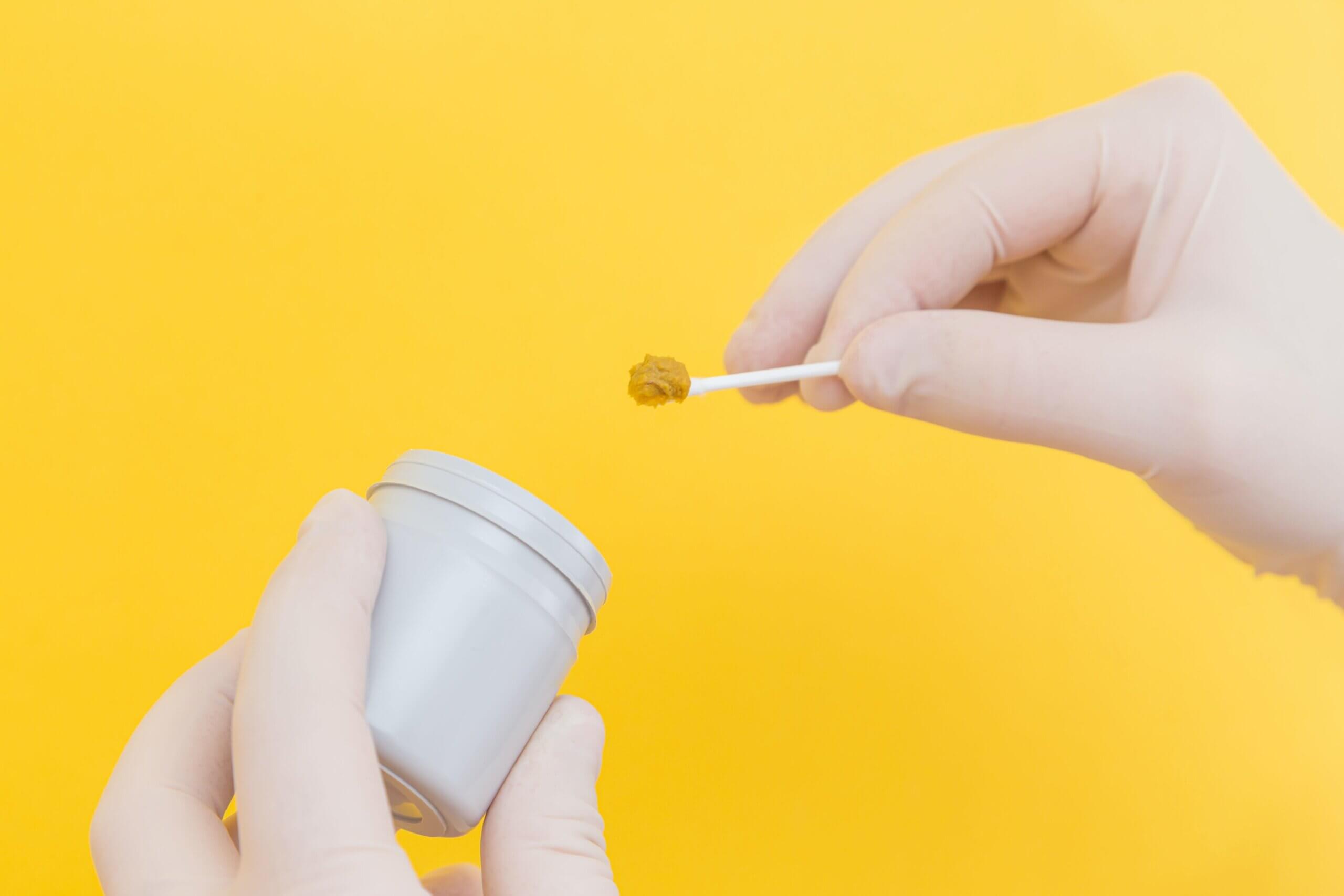

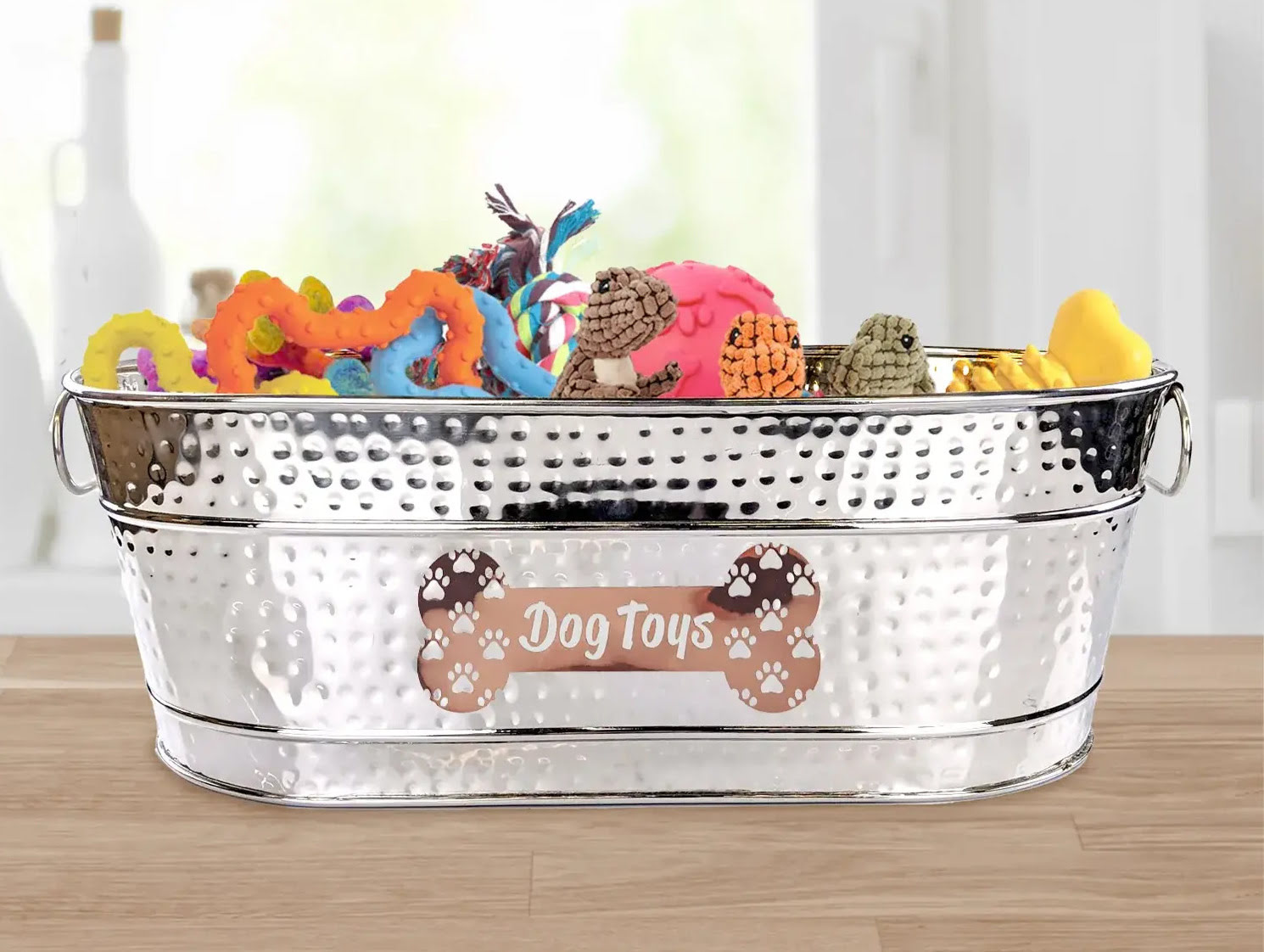
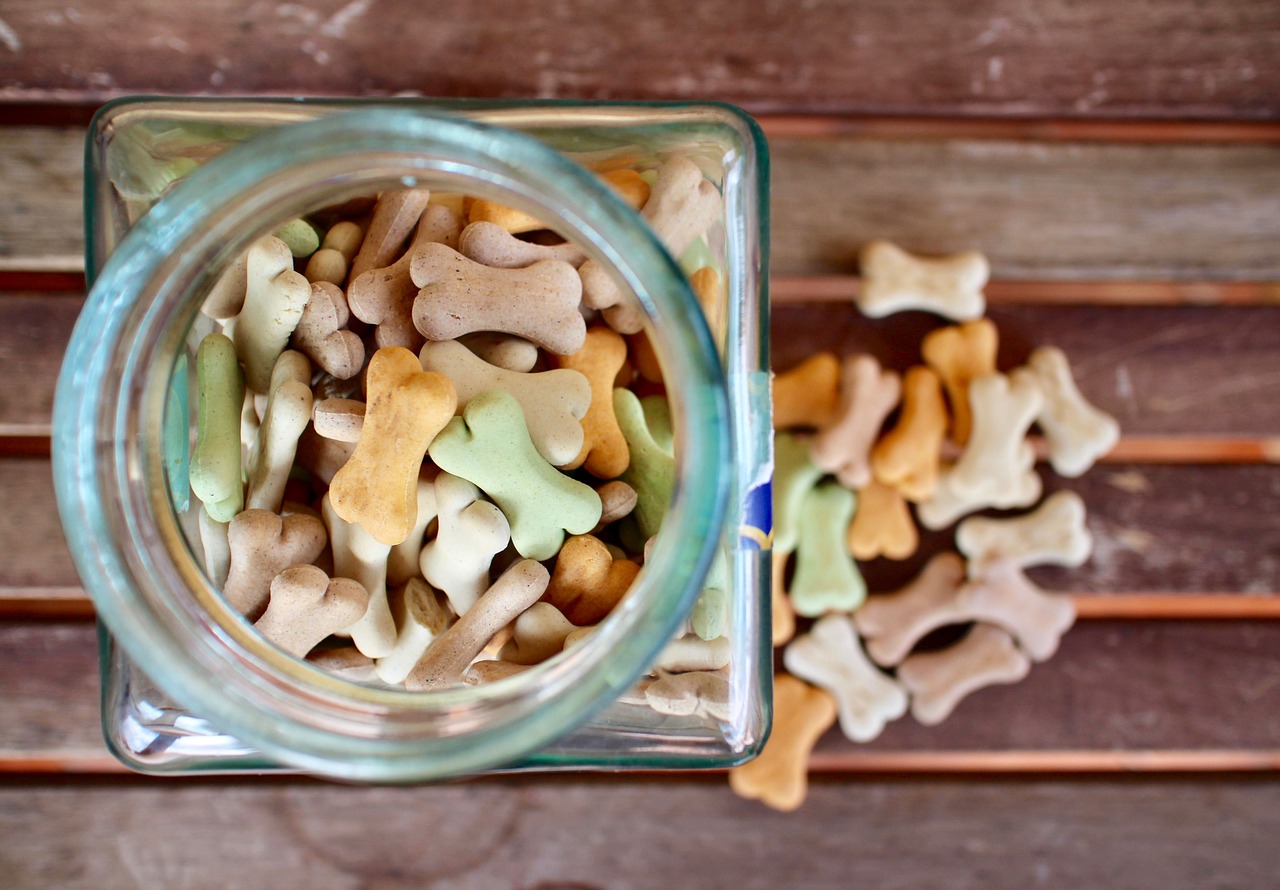

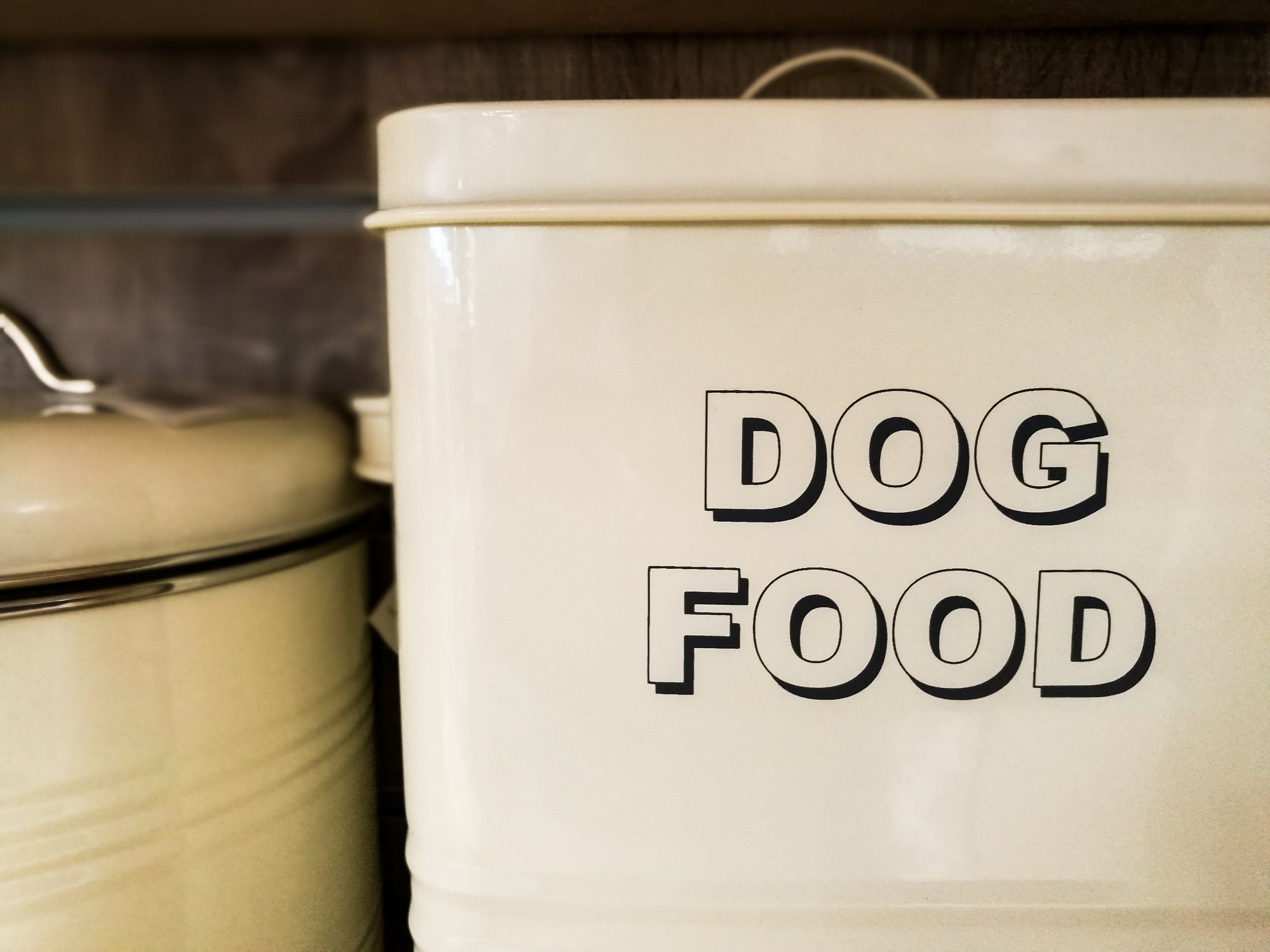

0 thoughts on “How To Store Dog Feces Sample”